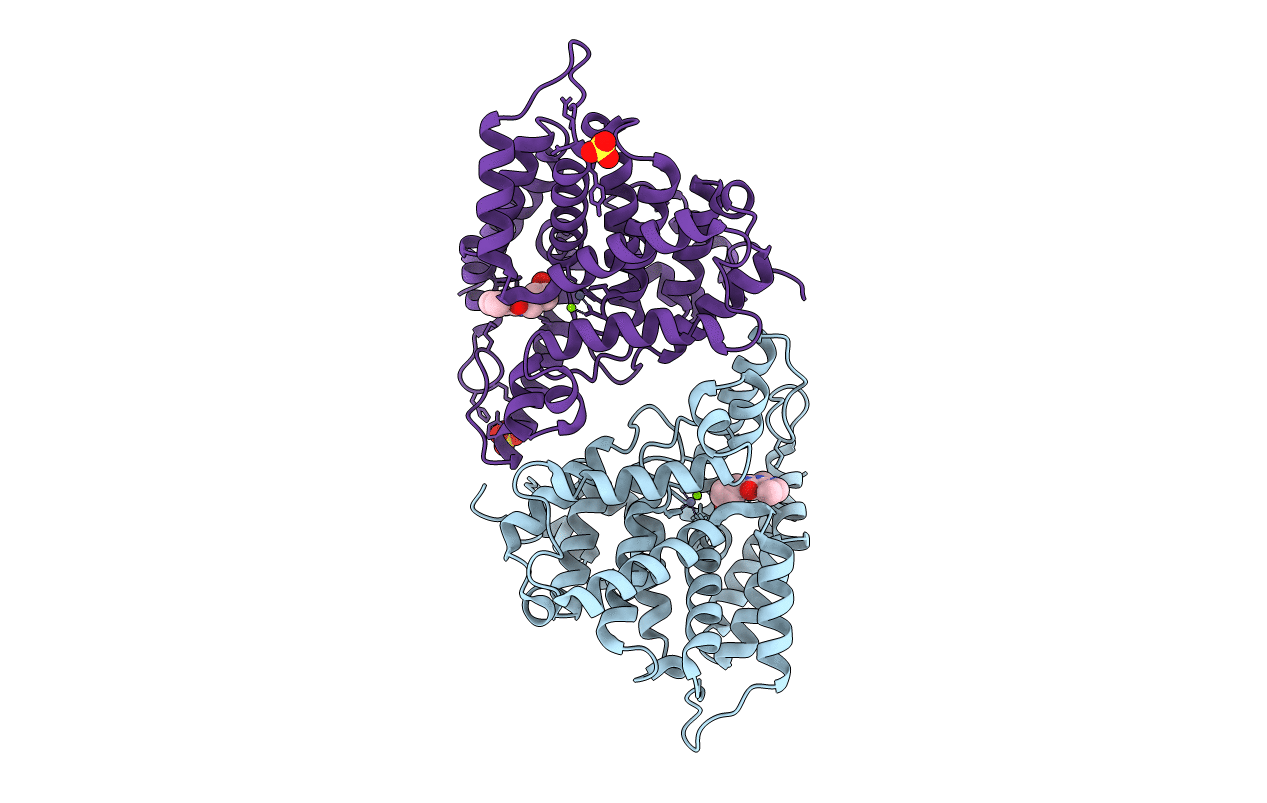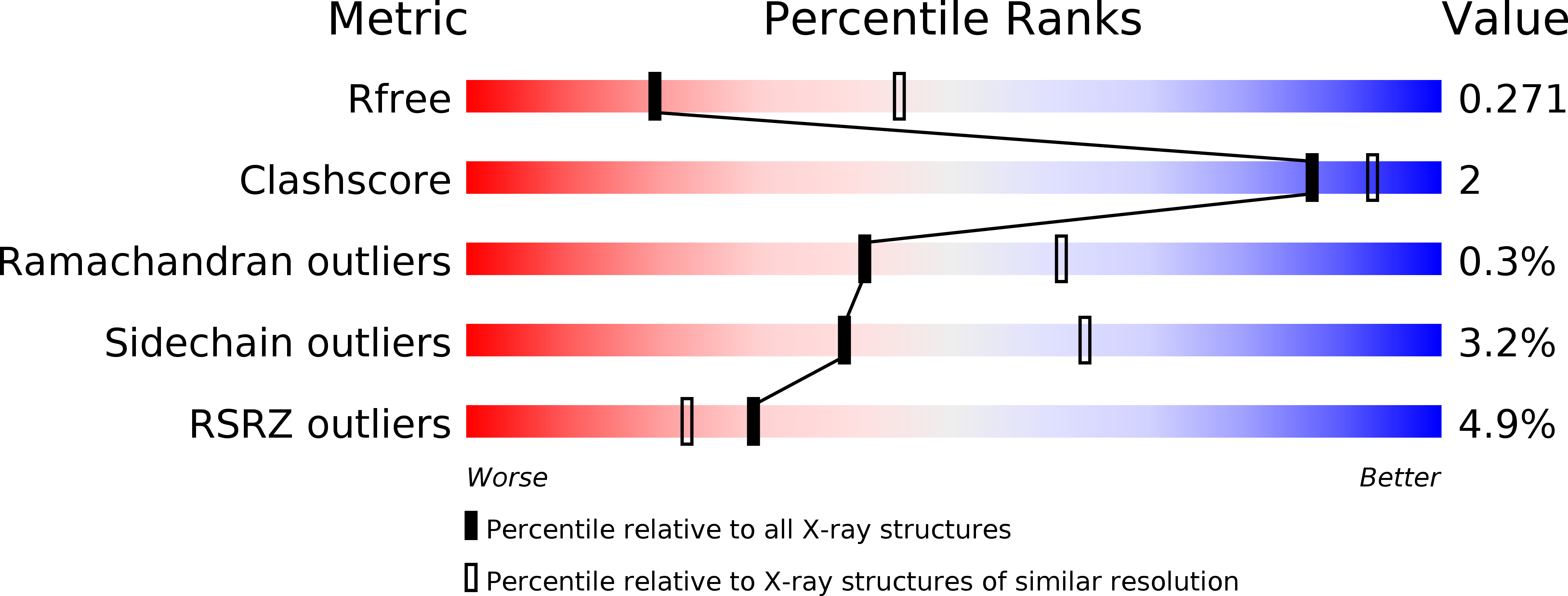
Deposition Date
2011-09-20
Release Date
2012-01-25
Last Version Date
2023-09-13
Entry Detail
PDB ID:
3TVX
Keywords:
Title:
The structure of PDE4A with pentoxifylline at 2.84A resolution
Biological Source:
Source Organism:
Homo sapiens (Taxon ID: 9606)
Host Organism:
Method Details:
Experimental Method:
Resolution:
2.84 Å
R-Value Free:
0.28
R-Value Work:
0.22
R-Value Observed:
0.22
Space Group:
P 41 21 2


